The economy design in a video game is vital in shaping the player experience and influencing gameplay decisions. The integration of currency, resources, and trade systems can greatly impact player motivation, progression, and overall enjoyment of the game. From managing resources to buying and selling items, the design of the in-game economy can greatly impact player interaction, progression, and overall enjoyment of the game. This guide will explore the key elements of video game economy design, including currency systems, resource management, and balancing player-driven economies.
The Basics of Game Economy Design
By understanding these basic concepts, game developers can create a dynamic and engaging economy that enhances the player’s immersion and enjoyment of the game.
1. Encourage player engagement: A well-designed economy can incentivize players to continue playing the game in order to earn rewards and progress further.
2. Balance and fairness: An effective economy ensures that all players, regardless of skill level or play style, have the opportunity to succeed and progress within the game.
3. Player choice and decision-making: A good economy design allows players to make meaningful choices about how to spend their resources and progress through the game.
4. Encourage social interaction: Economies can also be used to promote social interactions between players, such as through trading, sharing resources, or engaging in cooperative gameplay.
5. Monetization: In many free-to-play games, the economy is designed to encourage players to spend real money on in-game purchases, such as cosmetics, power-ups, or other virtual items.
6. Longevity and retention: A well-designed economy can help prolong the lifespan of a game by providing ongoing challenges and goals for players to strive towards.
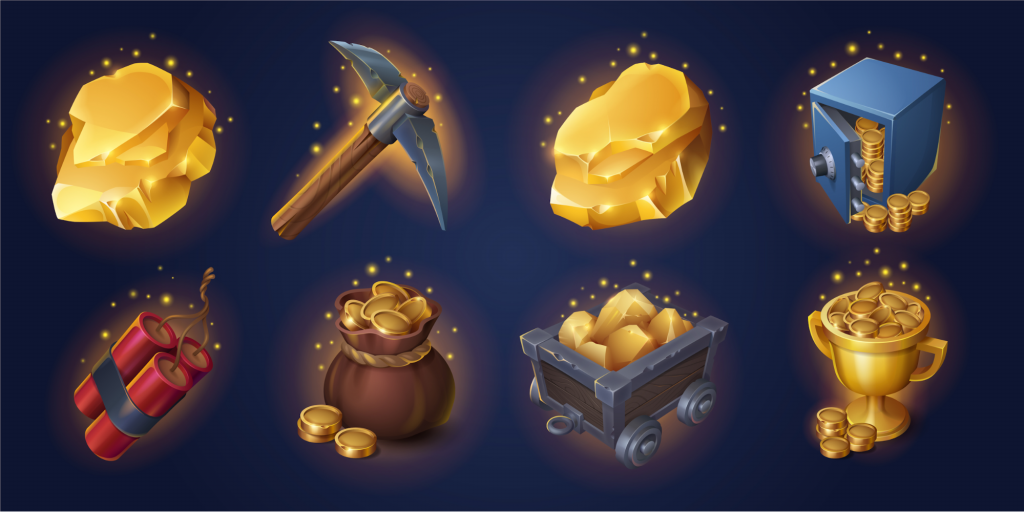
Key Elements of Game Economy Design
1. Resources: This includes in-game currency, items, experience points, and other resources that players can earn, trade, or spend within the game.
2. Balancing: Balancing the economy involves ensuring that resources are distributed fairly and that players can earn or acquire resources through various means.
3. Sinks and sources: Sinks are ways for players to spend resources, such as purchasing items or upgrading equipment, while sources are ways for players to earn resources, such as completing quests or defeating enemies.
4. Inflation and deflation: Designers must consider how the economy will evolve over time, including how prices may change, how resources may become more or less scarce, and how new content may impact the economy.
5. Player progression: The economy should be designed to facilitate player progression, providing clear goals and rewards that incentivize players to continue playing and investing in the game.
6. Feedback loops: Economies should incorporate feedback loops that allow players to see the impact of their decisions and actions on the game world, helping them understand the cause-and-effect relationships within the economy.
7. Adaptability: A good economy design should be flexible and adapt to changes in player behavior, the game environment, or new content updates.
Purposes of Video Game Economy Design
In video game development, the design of the in-game economy is crucial in shaping the gaming experience and driving engagement. Two primary purposes of designing video game economies are to motivate players and manage player progression.
Motivate Players
A well-designed video game economy motivates players by offering compelling incentives, rewards, and challenges. By incorporating various mechanics, such as in-game currency, rare items, and unlocking progression, economies create a sense of fulfillment and satisfaction for players as they navigate the game world.
Reward systems in-game economy design provide players with tangible rewards for their achievements and efforts, reinforcing positive behaviors and encouraging further engagement. Rewards can range from experience points and virtual currency to cosmetic items, gear upgrades, and exclusive content.
It helps recognize player achievements through achievement leaderboards and social features. Public recognition and rewards incentivize players to strive for mastery and excellence in the game.
Competitive elements, such as player-run markets, auctions, and leaderboard competitions, encourage friendly rivalry and the motivation to outperform peers. Challenges and scarcity create a sense of urgency and excitement, encouraging player participation and investment in the game.
Guide player progression
1. Set clear goals and objectives for players to strive towards, ensuring they have something to work towards and stay motivated.
2. Reward players for their achievements and progress, reinforcing their efforts and encouraging them to continue improving.
3. Provide constructive feedback on players’ performance, highlighting areas for improvement and offering guidance on how they can progress further.
4. Create a supportive and encouraging environment for players to learn and grow, fostering a sense of camaraderie and teamwork.
5. Offer opportunities for players to challenge themselves and step out of their comfort zones, pushing them to reach new levels of skill and ability.
6. Recognize and celebrate players’ successes, whether big or small, to boost their confidence and motivation.
7. Encourage players to set personal goals and track their progress, allowing them to see how far they’ve come and how much they’ve achieved.
8. Continuously challenge players with new and exciting tasks, keeping them engaged and motivated to continue progressing.
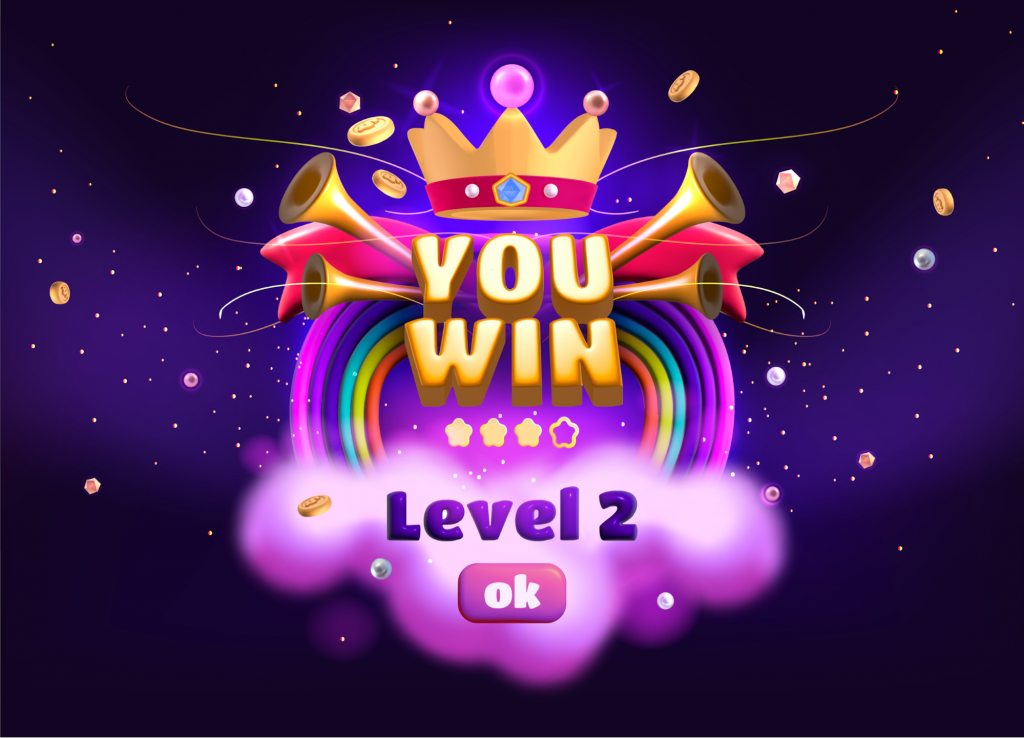
Why Do You Need a Well-Balanced Game Economy Design?
A balanced game economy design is important because it helps to create a fair and enjoyable gaming experience for players. Without a balanced economy, players can easily exploit loopholes or glitches to gain an unfair advantage, leading to dissatisfaction and frustration among players.
In addition, a balanced economy helps ensure that all in-game resources, such as currency, items and experience points, are properly allocated and distributed, creating a sense of progression and accomplishment among players. This can help maintain player engagement and increase overall player satisfaction.
Game Economy Design Examples
Examples of good game economy design include:
1. Implementing a system of supply and demand for in-game items to prevent inflation or deflation of currency.
2. Providing a variety of ways for players to earn and spend currency, such as quests, challenges, and in-game shops.
3. Balancing the difficulty of obtaining rare items or currency to maintain a sense of accomplishment for players.
4. Regulating the rate at which players can earn experience points to prevent power leveling.
5. Implementing a fair pricing system for in-game purchases to avoid pay-to-win scenarios.
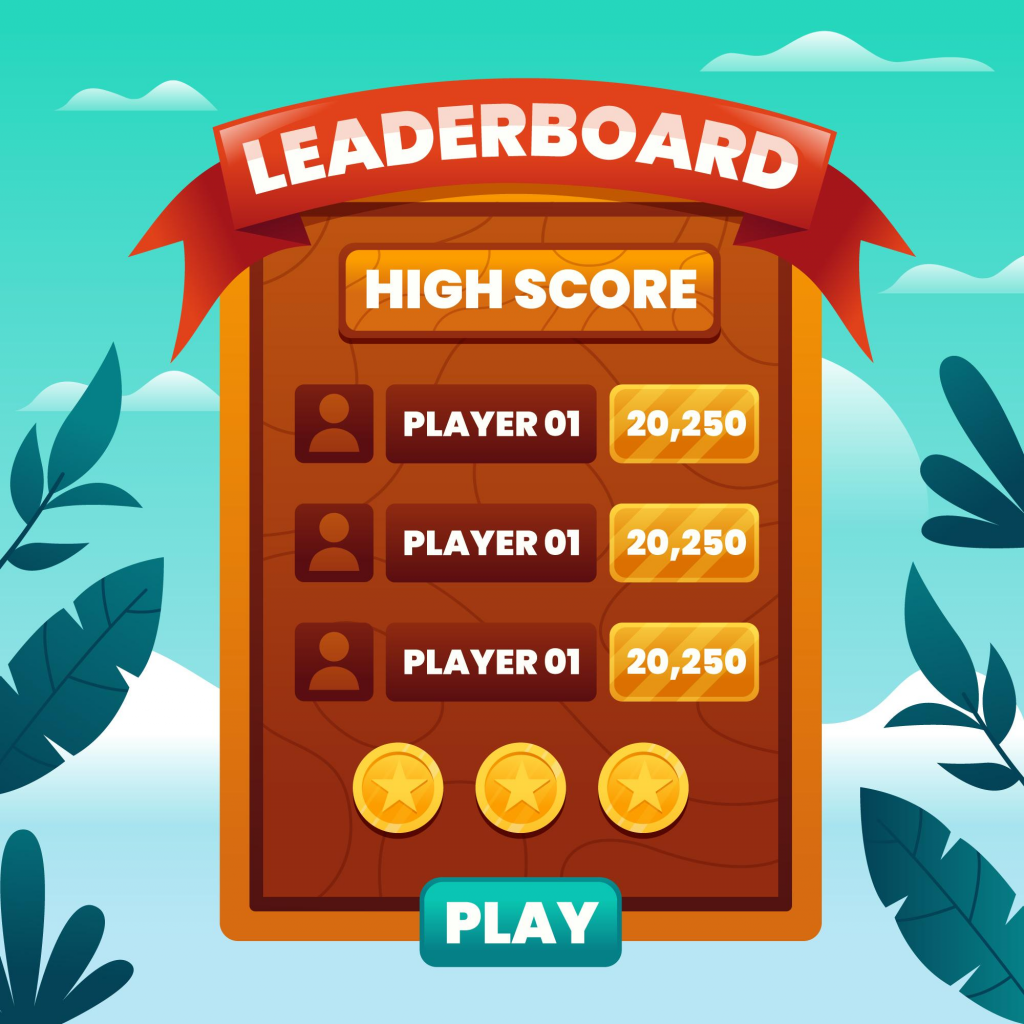
How Does an In-Game Economy Work
In-game economies work similarly to real-world economies, with players earning and spending virtual currency (such as gold, coins, or points) in-game. Players can earn currency by completing tasks and missions or selling items to other players. They can then spend this currency on in-game items, upgrades, or services.
In-game economies can also involve a marketplace where players can buy and sell items with each other, setting their own prices based on supply and demand. This creates a player-driven economy where prices can fluctuate based on market conditions.
Players can also participate in virtual jobs or businesses within the game to earn currency, similar to real-world employment. This can involve activities such as farming, mining, crafting, or running a shop.
Overall, in-game economies provide a way for players to interact, trade, and compete with each other, adding depth and complexity to the gaming experience.
Learning to Use Taps and Sinks
In video game development, learning to use taps and sinks is vital, as it allows players to interact with their surroundings, complete tasks, and progress in a virtual environment. In the context of a game economy, learning to use taps and sinks can represent the management of resources and currencies. Taps symbolize the acquisition or generation of resources, while sinks represent the consumption or expenditure of those resources. Players learn to balance their use of taps and sinks to maintain a stable economy and progress efficiently within the game.
Builders: examples
Builders in an in-game economy are players who specialize in resource acquisition, production, or construction. Examples include:
- Crafters: Players who excel at crafting items or equipment using raw materials from the game world.
- Farmers: Players who focus on harvesting resources from agricultural activities such as planting and tending crops or raising livestock.
- Miners: Players specializing in extracting valuable minerals or ores from mines or underground caverns.
- Builders/Architects: Players who construct buildings, structures, or landscapes within the game world, utilizing resources to create new environments or enhance existing ones.
Builders Games Examples
1. Roblox – where players can create their own games and experiences;
2. Minecraft – players can build and craft their own worlds;
3. The Sims – players can design and build virtual homes and communities.
Spenders: Examples
Spenders in an in-game economy are players who primarily invest resources or currency into acquiring goods or services. Examples include:
- Consumers: Players who purchase items, equipment, or upgrades from in-game shops, vendors, or marketplaces.
- Investors speculate on the value of in-game assets, currencies, or commodities, seeking to profit from market fluctuations.
- Collectors: Players who collect rare or unique items, artifacts, or achievements within the game, often spending resources to acquire coveted possessions.
- Patrons: Players who support the game’s development by purchasing premium content, subscription services, or virtual currency packs.
Spenders Games examples:
1. Clash of Clans – players can spend real money to buy in-game currency and resources;
2. Candy Crush Saga – players can purchase power-ups and extra moves to progress in the game;
3. Fortnite – players can buy skins, emotes, and other cosmetics with real money.
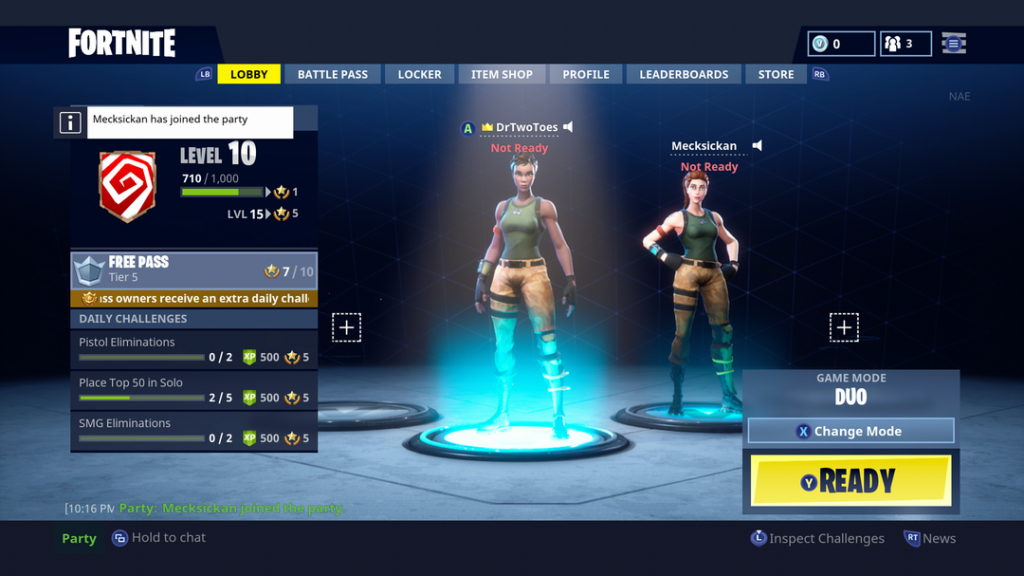
Implementing an In-Game Currency
You can create a virtual currency system within your game to implement an in-game currency. This currency can be earned through various in-game activities such as completing quests, winning battles, or selling items. Players can then use this currency to purchase items, upgrades, or unlock content within the game.
Here’s a step-by-step guide on how to effectively introduce and manage an in-game currency system:
1. Define the Purpose: Determine the primary purpose of the in-game currency, whether it’s for purchasing items, unlocking content, or facilitating player-to-player transactions.
2. Design Currency Mechanics: Decide on the mechanics of earning and spending the in-game currency. Establish the rate players can acquire the currency and the pricing of items or services available.
3. Create a Balanced Economy: Ensure that the introduction of the in-game currency does not disrupt the balance of the game economy.
Implement checks and balances to prevent inflation or currency hoarding, such as taxation, sinks, or diminishing returns on currency acquisition.
4. Implement Currency Systems: Integrate the in-game currency into various aspects of the game, including shops, auctions, crafting, and player interactions. To enhance player understanding and engagement, provide clear instructions and user interfaces for earning, spending, and managing the currency.
5. Monitor and Adjust: Monitor the performance of the in-game currency system, including player feedback, transaction data, and economic indicators. Be prepared to adjust the currency mechanics, pricing, or distribution methods based on observed trends, player behavior, and game balance considerations.
Game Examples of Implemented In-Game Currency:
1. World of Warcraft – players can earn gold through quests and activities in the game;
2. Grand Theft Auto Online – players can earn in-game currency by completing missions and heists;
3. FarmVille – players can earn coins by harvesting crops and completing tasks on their virtual farm.
Monetizing Your In-Game Economy
To monetize your in-game economy, you can offer players the option to purchase virtual currency with real money through in-game purchases or microtransactions. You can also offer exclusive items or content that can only be purchased with real money, giving players incentives to spend money within your game. However, it’s essential to ensure that this does not create a pay-to-win scenario, where players who spend money have a significant advantage over those who do not. By implementing an in-game currency and monetizing your in-game economy, you can generate revenue for your game while providing players with additional ways to enhance their gaming experience.
Here are some effective strategies for monetizing your in-game economy:
1. In-App Purchases: Players can purchase in-game currency packs or premium items using real money.
2. Subscription Services: Introduce subscription-based models that grant players access to premium features, content updates, or recurring currency rewards.
3. Advertising Integration: Integrate non-intrusive advertising placements within the game interface, such as banner ads, sponsored content, or rewarded videos.
4. Virtual Goods Marketplace: Create a virtual marketplace where players can buy, sell, and trade in-game items, currencies, or services with each other.
Examples of Monetized In-Game Economy:
1. Mobile games often offer in-app purchases for virtual currency or items;
2. Subscription-based games like World of Warcraft charge a monthly fee for access to the game;
3. Free-to-play games like Fortnite offer in-game purchases for cosmetic items to generate revenue.
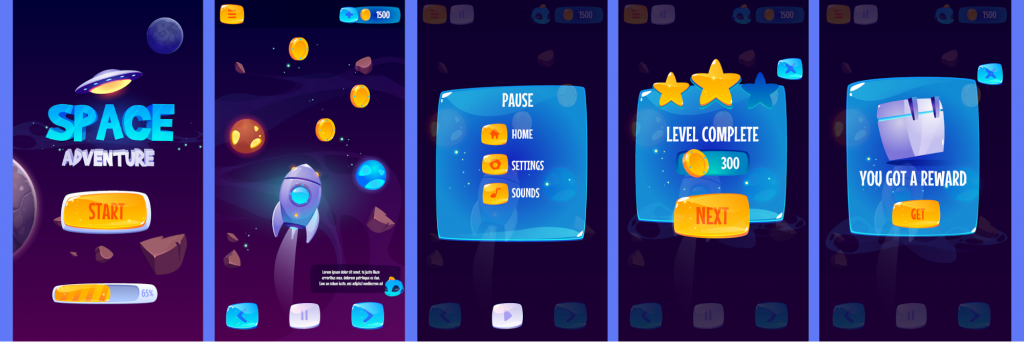
How to Balance Different In-Game Resources
Balancing different in-game resources is essential to ensure a fair and enjoyable gameplay experience for all players. Here are some tips on how to balance different in-game resources:
Activity Type
Understanding the activity players engage in is crucial in determining the resources needed for balance. For example, in a resource management game, players may need to balance multiple resources such as gold, wood, and food, while in a combat game, players may need to balance resources such as health, and stamina.
Difficulty Level
The difficulty level of the game can also impact resource balance. For example, in a hard difficulty setting, players may have limited access to resources, while in an easy difficulty setting, resources may be more abundant. Adjust the availability of resources accordingly to match the game’s difficulty level.
Capped or Uncapped
Some games have capped resources, meaning players can only accumulate a certain amount of a resource at a time. In this case, balancing resources involves managing the limited availability of resources and making strategic decisions on how to use them. On the other hand, in games with uncapped resources, players can accumulate as much of a resource as they want, which may require a different approach to balance.
Implement Resource Regeneration
To balance resources, consider implementing mechanisms for resource regeneration. This can include renewable resources, such as mines or farms, which continuously produce resources over time. By providing a steady supply of resources, players can avoid running out of essential resources and maintain balance in the game.
Use Feedback and Testing
It’s important to gather feedback from players and conduct playtesting to ensure that the resources in the game are effectively balanced. Players can provide valuable insights on resource availability, usability, and overall balance, which can help you adjust to enhance the gameplay experience.
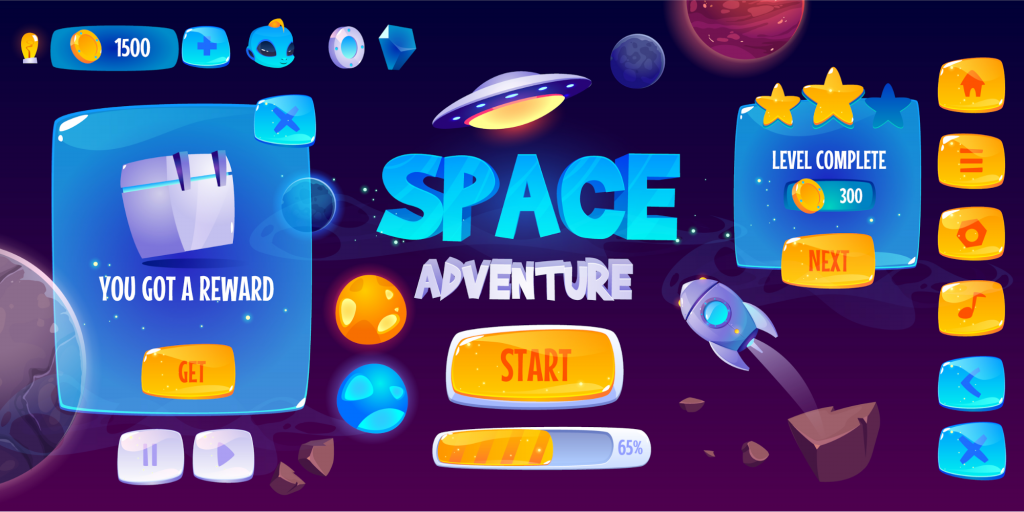
How to Design a Game Economies That Works Well
Designing a game economy that functions smoothly and enhances the overall gameplay experience requires careful planning and consideration of various factors. Here are some key steps to effectively design a game economy:
Establish the Main Indicators of the Game
Identify key indicators driving the game economy, such as currency value, resource availability, player progression, and market dynamics. Define metrics to measure player engagement, economic stability, and overall success of the economy.
Determine Investment and Non-Investment Resources
Classify resources within the game as either investment or non-investment based on their role in player progression and strategic importance.
Investment resources may include currency, experience points, stocks, bonds, real estate, mutual funds or rare materials that players can use to enhance their capabilities or advance in the game.
Non-investment resources could be consumable items, basic materials, or temporary boosts that provide short-term benefits without a long-term impact on player progression.
Build a Cost System
Establish a cost system that assigns values to in-game assets, services, and transactions. When determining the costs of items, upgrades, or services, consider supply and demand, rarity, utility, and player preferences. Implement pricing strategies encouraging balanced resource management, economic exchange, and player decision-making.
1. Each player starts with a certain amount, say $10.
2. To advance in the game, the player may pay a particular cost. This cost can vary depending on the value of the space players are moving to. For example, moving to a space worth $50 will cost $5, moving to a space worth $100 will cost $10, and so on.
3. Players can also earn money by landing on certain spaces, completing challenges, or defeating other players in mini-games within the game.
Deficit and Surplus For a More Interesting Game
While designing your game, you can create mechanisms within the game economy to simulate deficit and surplus conditions, adding depth and challenge to the gameplay.
A deficit and surplus system will be in place to make the game more interesting. If a player’s expenses exceed their earnings, they will incur a deficit. This deficit can lead to consequences such as losing certain game privileges or starting over from a certain point.
Conversely, if a player’s earnings exceed their expenses, they will have a surplus. This surplus can lead to rewards such as extra turns, special power-ups, or exclusive access to certain areas of the game board.
Balance Risk and Reward
Design gameplay mechanics that balance risk and reward to encourage player engagement and decision-making. Introduce opportunities for players to take calculated risks, such as investing in speculative ventures, participating in high-risk activities, or engaging in player-versus-player interactions.
Final Insights
The design of a video game’s economy shapes player experience and decisions, impacting motivation and enjoyment. Currency, resources, and trade systems are key elements, influencing player interaction and progression.
Understanding basic concepts like player engagement, and decision-making helps developers create engaging economies that enhance immersion and enjoyment. Economies should motivate players to continue playing by offering rewards and progression opportunities, regardless of skill level. An effective economy provides equal opportunities for all players and ensures fairness in resource distribution.






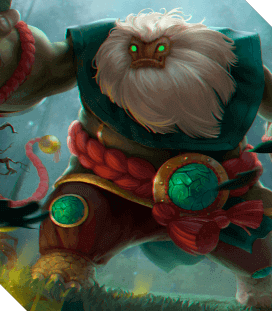



![Indie Game Development: Guide to Revenues, Most Profitable Genres & Monetization [+10 Best Indie Games 2024]](https://kevurugames.com/wp-content/uploads/fly-images/11949/indie-pre-138x138.jpg)